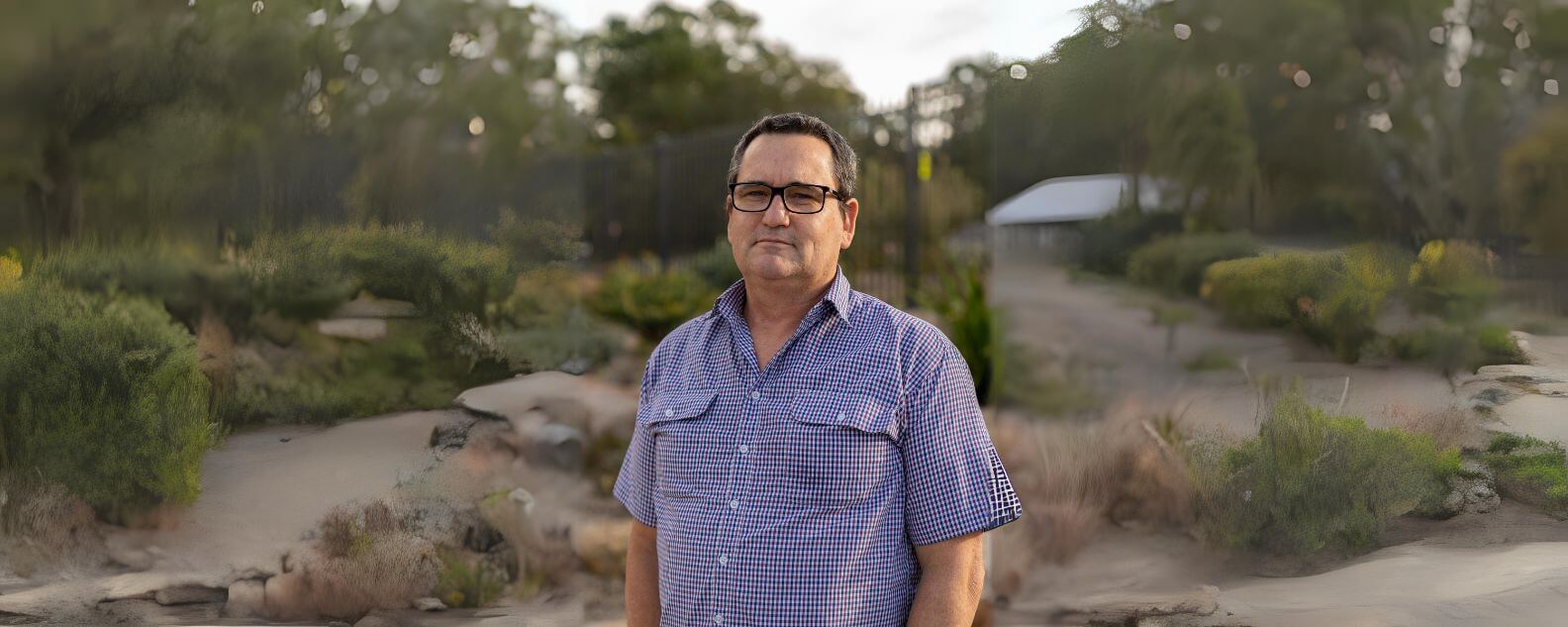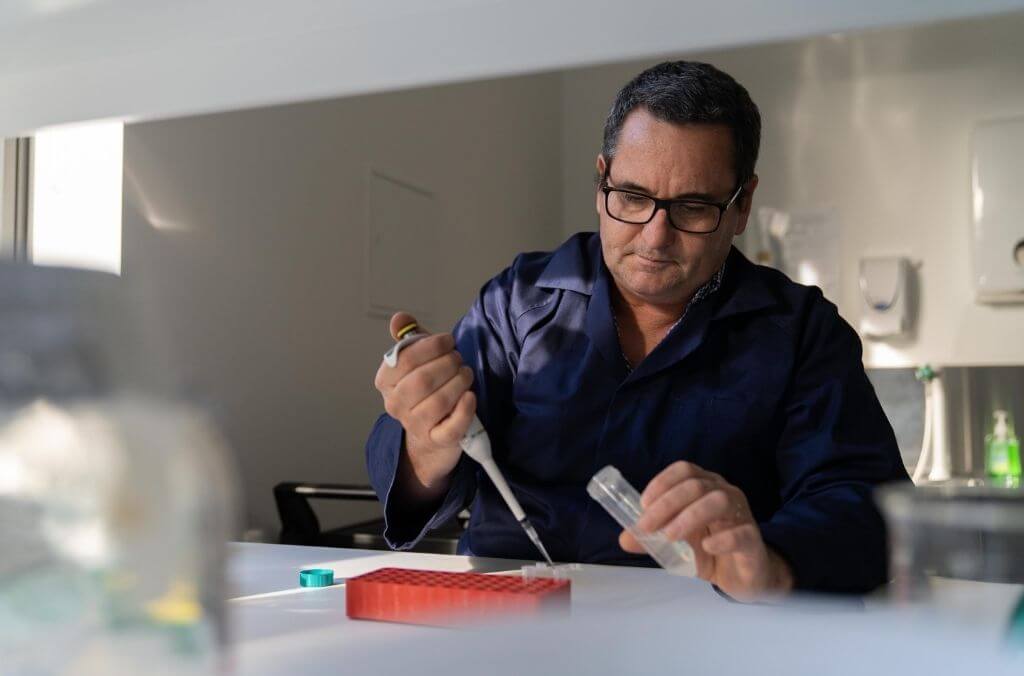Richard Jobson
Research Scientist and Systematic Botanist

His interest in botany started in early childhood, growing and studying orchids and carnivorous plants. Now – with a PhD in botany from the University of Queensland and postdoctoral experience in the USA and Europe – he is an expert in Australia's plant diversity, taxonomy, and biogeography, helping conserve and manage their habitats.
His primary focus is on researching and understanding the evolution of aquatic plant lineages and solving taxonomic issues in Australian plants to drive more effective conservation solutions. He is currently involved in various projects, including the ABRS-funded study to sequence the entire genome of grass Subtribe Anthistiriinae and, the phylogenomics (reconstruction of evolutionary relationships by comparing sequences of whole genomes or portions of genomes) of the Australian species from the genus Eriocaulon (pipeworts). He is also studying genome evolution across the largest genus of carnivorous plants Utricularia (bladderworts), and another genus of carnivorous plants Genlisea (corkscrew plants).
A passion for understanding biodiversity to help protect it drives Richard’s work, which includes spending about a month each year in the field, exploring remote sites and collecting plant material for study. One of his most memorable moments was finally finding a patch of the rare Cape York bladderwort species Utricularia albiflora growing alongside two previously undescribed species, making the find all the more wonderful.
On a typical working day, Richard spends his time generating molecular data from the laboratory and morphological data from preserved and living specimens (physical form and external structure of plants). He also communicates with students and other collaborators to produce publishable knowledge, and provides talks on his work to the scientific community and the general public.
Richard also leads the phylogenomics of Hypericum (genus of flowering plants which includes St John’s Wart) and Themeda (genus of native grasses). He also collaborates on phylogenetic/taxonomic studies of Patersonia (genus of about 20 species and includes native iris), Australian monkey flowers, and Lobelia (genus of more than 400 flowering plant species).
Richard envisions Botanic Gardens of Sydney to be a leader in the botanical sciences that is focused on conservation and a place where he can continue to contribute to the understanding and conservation of Australia's unique plant diversity.

Top 5 publications
- Dunning L, Olofsson JK, Papadopulos AST, Hibdige SGS, Hidalgo O, Leitch IJ, Baleeiro PC, Ntshangase S, Barker N, Jobson RW (2022) Hybridisation and chloroplast capture between distinct Themeda triandra lineages in Australia. Molecular Ecology 31, 846–5860.
- Jobson RW, Baleeiro PC (2020) Radiations of fairy-aprons (Utricularia dichotoma, Lentibulariacceae) across eastern Australia: molecular evidence for new species and proposal for new subspecies. Australian Systematic Botany 33, 278-310.
- Jobson RW, Baleeiro PC, Reut M. (2017) Molecular phylogeny of subgenus Polypompholyx (Utricularia; Lentibulariaceae) based on three plastid markers: diversification and proposal for a new section. Australian Systematic Botany 30, 259-278.
- Jobson RW, Nabholz B, & N Galtier (2010) An evolutionary genome scan for longevity-related natural selection in mammals. Molecular Biology and Evolution 27, 840-847.
- Jobson RW, Nielsen R, Wikström M, Laakkonen L, Albert VA (2004) Adaptive evolution of cytochrome c oxidase: infrastructure for a carnivorous plant radiation. Proceedings of the National Academy of Science, USA. 101, 18064–18068.